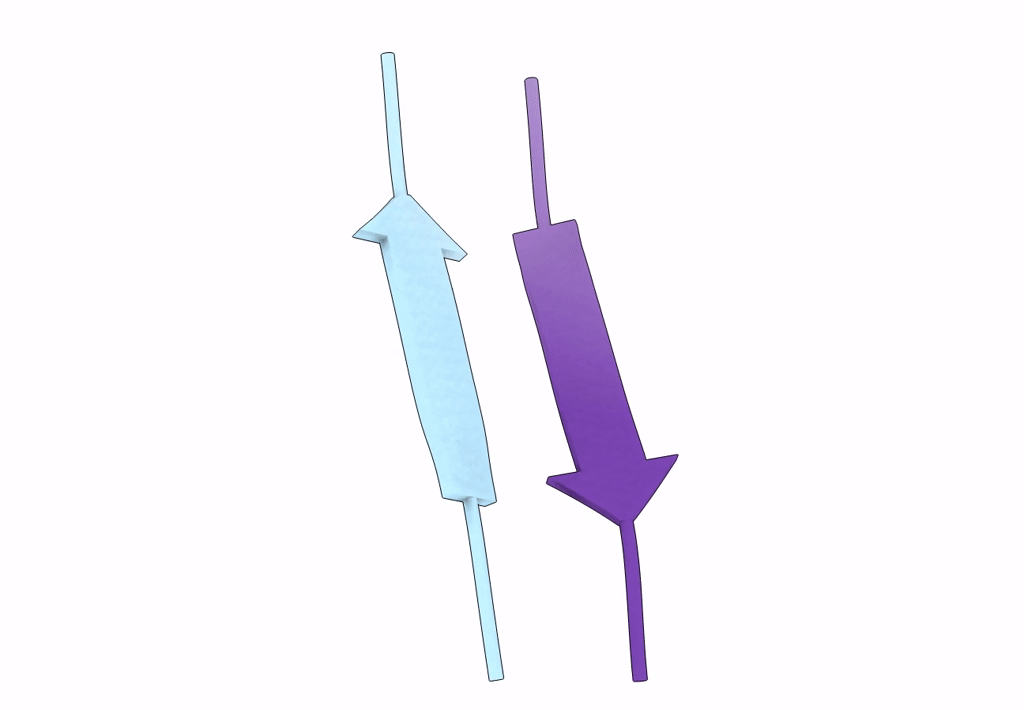
Deposition Date
2023-04-03
Release Date
2023-08-02
Last Version Date
2024-11-06
Entry Detail
PDB ID:
8ONQ
Keywords:
Title:
Structure of the amyloid-forming peptide Ac-EFIAWL from human GLP-1
Biological Source:
Source Organism:
synthetic construct (Taxon ID: 32630)
Method Details:
Experimental Method:
Resolution:
1.50 Å
R-Value Free:
0.17
R-Value Work:
0.15
R-Value Observed:
0.15
Space Group:
P 1 21 1


